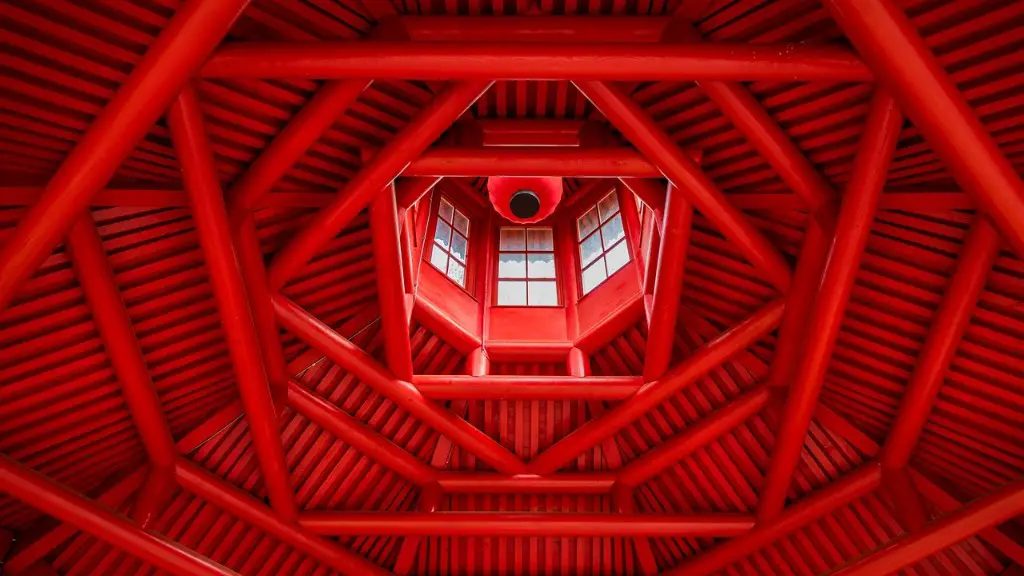Design in architecture is a process of creating visual art and constructed lifestyles that reflect a person or group’s values, beliefs, and ideas. It is a space where people interact with their environment and express how they view the world. Design places emphasize the pleasure of everyday life, creating connections between people and their surroundings that awaken in us a sense of meaning about the places in which we live and work.
Architecture design is an integrative field that draws from a variety of disciplines including art, engineering, history, and technology. It seeks to bring together function, economics, and standard construction methods with aesthetics, meaning and craftsmanship. Architects strive for the optimization of form, space and structure to create environments that are simultaneously functional, comfortable and visually stimulating.
The design process begins long before the first construction phase. At the root of the design process is the creation of a concept or idea; a broad plan that establishes a basis for the design and is guided by the goals and preferences of the user. This idea is then developed further by studying the location and context, considering all the functions, users and stakeholders that will be involved. Using existing elements, design frameworks, and constraints, the architect produces a detailed design of the space and the built forms to bring the idea to life.
A design in architecture can take many forms; it could be an abstract form that expresses the logic of a process, aural environment that evokes emotion, or a physical setting that encourages interaction and engagement. The architectural concept needs to be adapted to its environment, making use of local resources and respecting the natural environment. This is achieved by taking into account aspects such as the climate, geography, topography, and the existing or potential land-uses. The resulting design should be a functional, appealing and resilient space.
Architecture design also needs to consider aspects such as sustainability, energy efficiency, and materials. Green architecture attempts to reduce the negative impacts on the environment and its inhabitants by employing sustainable construction techniques and materials. Additionally, the use of energy-efficient materials and techniques, such as passive solar design, can create a structure that symbiotically works with its environment.
Design in architecture is a powerful tool for creating meaningful spaces that capture the imagination, reflect values, and evoke emotion. Through thoughtful consideration of the context, local resources and the design can bring together art and function to create a truly special and unique space that is both meaningful and resonates with the user.
Materials
Architecture materials are a key component of design in architecture. At the very basic level, the functionality and design of a building is determined by its material composition. Materials have the potential to bring character and depth to a structure, while also providing an engaging environment. This connection with the materials used throughout a space is mainly achieved by designers exploring the aesthetic and sensory aspects of a material, and incorporating this into the design. This can be done by considering its color, texture, light reflectivity, or acoustic properties. Additionally, materials need to perform well and be of the highest quality while also being environmentally friendly and cost-effective.
When determining the materials for a design, architects consider a number of factors including climate, context, sustainability, performance, and cost. Specific materials may be chosen based on the desired aesthetic, acoustic and maintenance profile. However, the designer must take into account the environmental health, energy efficiency, toxicity levels and durability. When combined, these elements can create a high-performance and aesthetically pleasing design.
Lighting
Lighting plays an important role in design in architecture, as it can influence the atmosphere, mood, usability and safety of a space. Good lighting design should aim to improve the user experience and reduce energy usage while also highlighting the key design elements. Through the use of natural light, artificial light, and the juxtaposition of light and dark, a space can be given warmth, depth and complexity.
Lighting also has a functional aspect, as it must successfully illuminate the space and provide good visibility. It should be used strategically to guide visitors and highlight floors, walls, and furniture in specific directions. Additionally, lighting can be used to accentuate a specific area or feature, while creating contrast between areas that are intended to be used differently.
Lighting plays an integral role in design in architecture. It can influence the overall atmosphere of a design, create engagement and emphasis certain features. Through the use of reflective surfaces, diffusers and the careful selection of lighting angles and light intensity, the designer has the ability to bring out the best in a design.
Finishes
Finishes are an important element of design in architecture. They bring out the best in a design, as well as offering physical protection and resistance against the environment. This is achieved by the selection of materials, textures and patterns that combines functionality and aesthetic. Finishes can add visual contrast, texture, color, or pattern while also adding character to a space.
Finishes should also be chosen to be resilient and easy to maintain, in order to be long-lasting. Finishes that suffer from premature deterioration or lose color too quickly will not only affect the aesthetic of a space but also the cost in terms of repair and replacement. When selecting finishes, it is essential to take into account the durability required, the level of maintenance needed, as well as the desired aesthetics of the design.
Considering a variety of finishes for a design can bring character and dynamic appeal to a design. Incorporating finishes can add an individual feel to a space, while also highlighting the main design elements. Although finishes are an important part of the design, each type of finish needs to be carefully considered to ensure it will be resilient and long-lasting.
Technology
Technology plays a large role in design in architecture, as it has transformed the way we generate and visualize designs. Technology can be used to aid the design process, from generating forms, to creating immersive and interactive experiences. Technology can also be incorporated into the design, allowing for intelligent and interactive experiences in a built space. This can be achieved through the use of audio-visual installations, sensors, or the integration of digital networks.
Designers are now able to create more accurate and detailed designs through the use of virtual reality and 3D computer modelling. This is an invaluable tool for understanding and operating within the constraints of a built space, as the designer can move around within the digital space and experience it from different angles. Additionally, this technology can be used to create an immersive experience for the end user, allowing them to experience the design in a realistic way.
The incorporation of technology has transformed the design process, and given designers the ability to create environment where people can see, feel and interact with their surroundings. Technology has also allowed architects to create responsive and interactive spaces that promote health, safety, and well-being. Technology, when leveraged correctly, can bring together design, engineering, and construction to create successful projects.
Sustainability
Sustainability is an increasingly important consideration in design in architecture, as the negative impacts of development on the environment have become more apparent. Sustainability is a broad concept that encompasses economic, environmental, and social considerations. With the continual advancement of technology, we now have access to a variety of methodologies and products that can reduce energy consumption and waste, while still maintaining an attractive and functional space.
Sustainable architecture aims to reduce the environmental impact of development, by closely examining the energy requirements of a design and employing strategies to reduce energy usage. Additionally, it takes into account how the design affects its surroundings and the people who inhabit it. This can be achieved through the employment of natural materials that reduce pollution, sourcing materials locally or making use of recycled materials, or the use of alternative sources of energy.
The incorporation of sustainability into design in architecture is essential in order to reduce our dependence on non-renewable resources, maintain biodiversity, protect air and water quality and reduce waste. By implementing the principles of sustainable architecture, designers can create buildings and environments that meet the needs of the present without compromising the needs of future generations.





